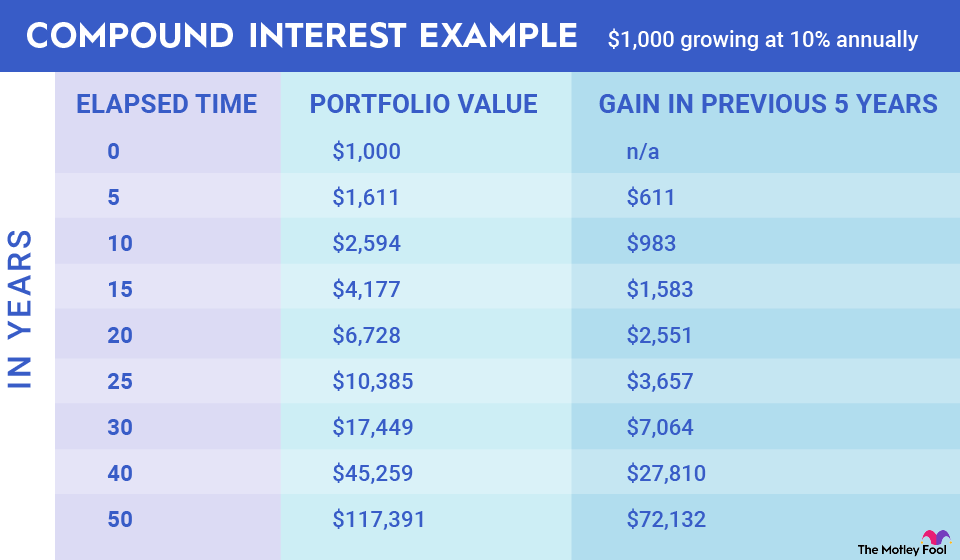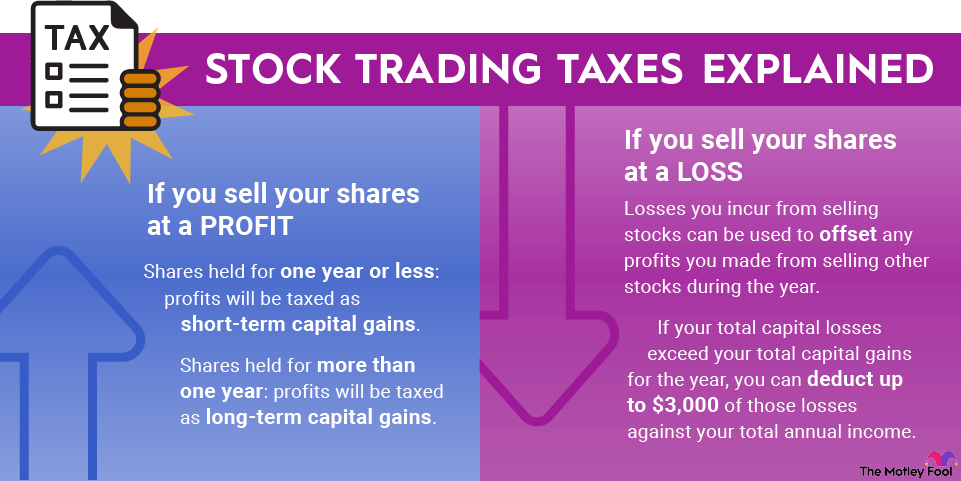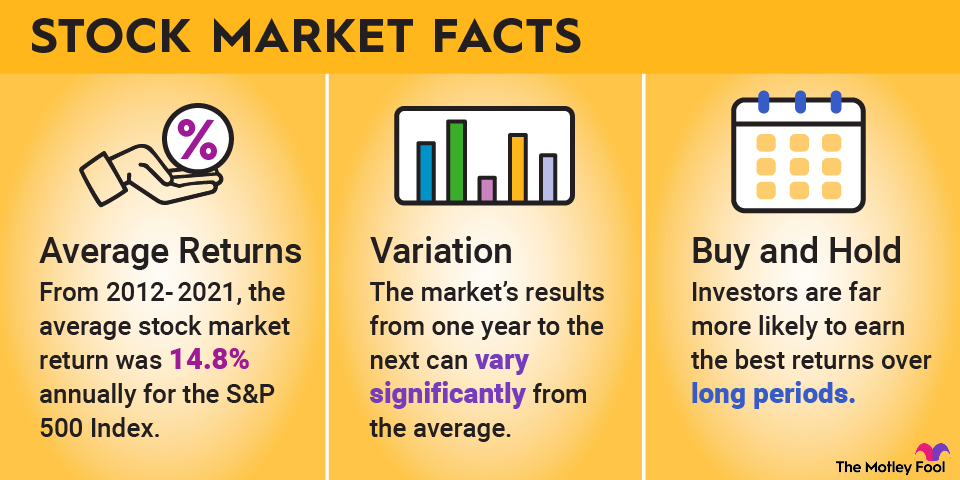Temu is a popular online shopping app that offers deeply discounted goods to consumers around the world. The online marketplace is owned and operated by PDD Holdings (PDD +1.38%), the Chinese company behind Pinduoduo. Temu connects consumers directly with manufacturers, sellers, and their extensive supply chains to offer a wide range of affordable and accessible products in dozens of categories.
Temu was founded in 2022 and launched in September of that year in the U.S. market. The platform replicates Pinduoduo's successful model of low prices and gamified shopping experiences but uses it to sell a wide variety of products to a global audience. Temu achieved rapid growth through aggressive marketing strategies, including popular ads and social media influencer campaigns.
Now, Temu is available in more than 70 countries globally, including the United States, Canada, and most of Europe, along with countries in Latin America, Asia, and elsewhere. If you want to learn more about Temu, how it makes money, and recent updates with the platform, you’ve come to the right place. Let’s get started.

What does Temu do?
Temu cuts out middlemen and physical storefronts by acting as a broker to connect consumers to suppliers in China. By allowing consumers to buy products sourced directly from factories, Temu significantly reduces its costs, which means it can offer products to consumers at very low prices.
Temu initially benefited from the now-ended U.S. loophole called the de minimis rule, which had allowed duty-free imports of packages worth less than $800 and incentivized U.S. consumers to buy large quantities of cheap goods from China. Once the loophole closed, Temu stopped shipping to U.S. customers from warehouses in China and instead started utilizing domestic warehouses to serve U.S. shoppers.
Temu has invested heavily in artificial intelligence to analyze user behavior and create a personalized shopping experience that anticipates customer needs and drives engagement. The platform incorporates game-like elements like prize wheels and surprise gift boxes. This encourages shopping and creates an addictive buying loop, but it also provides a sense of winning discounts that resonates with consumers.
The platform uses various promotions, including credits, discounts for referring friends, and free shipping, to drive engagement and repeat purchases. The platform is accessible through Temu's website and dedicated mobile app.
Key categories include women's and men's fast fashion, home & kitchen items, beauty and health items, accessories, jewelry, and items for kids. Temu even sells luggage, pet products, and electronics.
How does Temu make money?
Temu has several different revenue streams. These include the following:
- Transaction fees: Temu charges a commission or fee to merchants for each sale made through its platform, as is standard practice for online marketplaces.
- Advertising & marketing services: Temu offers paid advertising and promotional opportunities to sellers, allowing them to increase product visibility and reach more customers on the platform.
- Affiliate programs: The platform runs an affiliate program, paying affiliates commissions for driving new users to the platform, which in turn generates more sales for Temu.
- Subscription plans: The Temu Circle membership offers benefits such as credit back on purchases, free gifts each month, and other perks. It's a paid membership, with costs varying depending on special offers, but typically is in the range of a few dollars per month. However, access to Temu Circle is dependent on individual offers or invitations from Temu.
Temu benefits from the supply chain and experience of its Chinese parent company, PDD Holdings, which has a well-established model for connecting established manufacturers with a broad consumer base.
Revenue
Temu's financials
Temu has experienced explosive growth since its 2022 launch, with its gross merchandise volume reaching an estimated $15.1 billion in 2023 alone. Temu is believed to still be unprofitable, and PDD Holdings is likely subsidizing its rapid expansion using profits from its other businesses.
PDD Holdings does not report separate financial results for Temu. As a public stock, it reports overall financial results for the company, which include the Pinduoduo platform in China and the international Temu platform. In fiscal 2024, PDD Holdings reported total revenue of $53.96 billion, a 59% increase over 2023. It also generated net income of $15.4 billion in the 12-month period, an 87% increase from the prior year.
In the second quarter of 2025, PDD Holdings reported total revenue growth of 7% year over year, while net income fell 4%. That profit decline was attributed to strategic investments in its ecosystem and merchant support needed to foster long-term platform health amid competitive pressures and tariffs.
Related investing topics
Recent developments
Temu is still a popular app globally, but it's taken a hit in the U.S. in 2025, which has historically been the key target market for the platform. In response to the tariff changes, Temu significantly cut its advertising spending in the U.S., which has affected user acquisition and engagement in the country.
Case in point: Temu's U.S. monthly active users fell by 49% year over year in July 2025. That was a more significant drop than rival Shein's 3% decrease in the same month.
Temu is now relying on the U.S.-based sellers and warehouses to fulfill orders for U.S. shoppers and to avoid new tariffs while maintaining competitive pricing. The company has also been actively recruiting U.S. sellers to join its platform with the goal of reaching more customers and growing their businesses within the U.S. market.
Temu aims to keep product prices low for U.S. consumers by bypassing import charges and customs fees, but this shift in its model will likely take time to implement effectively.




















